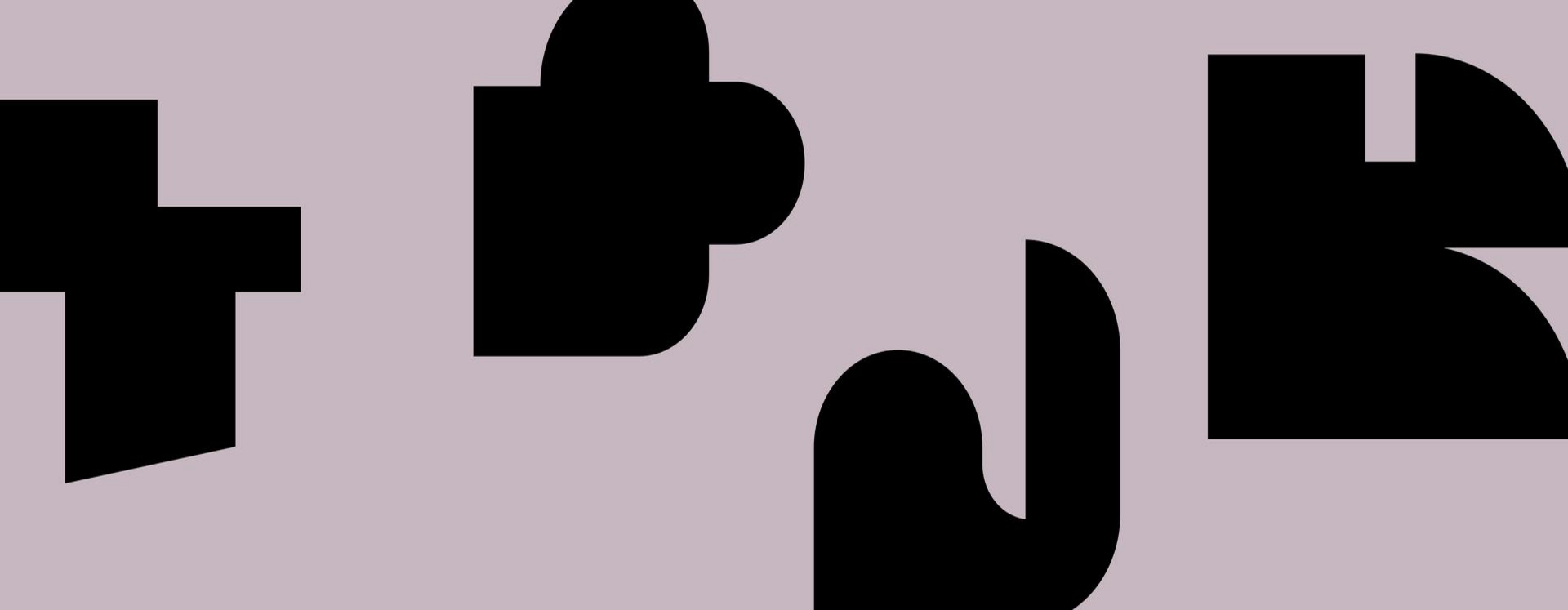A conceptual change model
A conceptual change model as basis for the design of a higher education dance teacher professional development trajectory and the effect of conceptual change upon the participants and their teaching practice
This research is focused on development of the teaching practice of dance teachers in the HBO (higher professional dance education) in the Netherlands who are highly skilled as dancers/performers, makers, dance artists. They have developed their teaching practice based upon their own experience as professional dancers and the dance classes in which they themselves have participated, and may have no formal teaching education. Often, they leave their artistic dance practice behind when getting involved in teaching.
Central problem: How can a professional development trajectory stimulate both the personal artistic development in contact with the dance work field and the development of a sophisticated understanding and application of methods in the context of the education work field? How can these teachers be fully present in both professional communities creating a transdisciplinary conceptual framework? The trajectory is designed for the exchange of and reflection upon the concepts and ideas central to each individual’s teaching practice. Participants will be confronted with new educational and learning concepts through this exchange and the input of the leader/guide of the sessions. This development trajectory will be financially supported by “Onderwijsontwikkelgelden” under the responsibility of Jan Zoet, director Academy of Theatre and Dance.
Research question: In what ways does the application of the conceptual change approach to teacher development in professional dance education impact on the teaching practice of these teachers?
Publications
Taylor, J., Linssen, A. (2019). Teaching dance in the 21st century. Amsterdam. NL: Arts Education Research Group, Amsterdam University of the Arts.
Biography
John Taylor is a dancer and educator based in Amsterdam. He has been associated with the MTD contemporary dance department at the Amsterdam University of the Arts for the past 25 years. This association with young dancers sparked an interest in the processes of how we collaborate and learn through co-creative processes. To take part in artistic practice means to assume the roles of artist, researcher and teacher/learner in the collaborative co-creative process of one’s continuing artist development. In 2016, he completed his master thesis The Benefits of the Art Practice Based Technique Class for Dance in Higher Education.
John participated in the European research projects Inside Movement Knowledge, Labo 21, Idocde and LEAP. From 2010-2012, as a member of the ARTI research group of the Amsterdam University of the Arts, he studied the potential of artist-produced digital tools for use in dance education.

